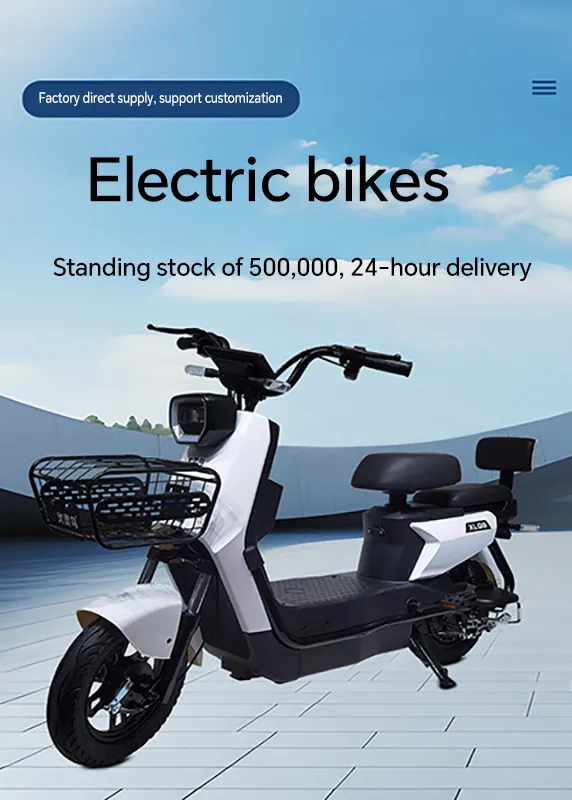
- Afrikaans
- Albanian
- Amharic
- Arabic
- Armenian
- Azerbaijani
- Basque
- Belarusian
- Bengali
- Bosnian
- Bulgarian
- Catalan
- Cebuano
- Corsican
- Croatian
- Czech
- Danish
- Dutch
- English
- Esperanto
- Estonian
- Finnish
- French
- Frisian
- Galician
- Georgian
- German
- Greek
- Gujarati
- Haitian Creole
- hausa
- hawaiian
- Hebrew
- Hindi
- Miao
- Hungarian
- Icelandic
- igbo
- Indonesian
- irish
- Italian
- Japanese
- Javanese
- Kannada
- kazakh
- Khmer
- Rwandese
- Korean
- Kurdish
- Kyrgyz
- Lao
- Latin
- Latvian
- Lithuanian
- Luxembourgish
- Macedonian
- Malgashi
- Malay
- Malayalam
- Maltese
- Maori
- Marathi
- Mongolian
- Myanmar
- Nepali
- Norwegian
- Norwegian
- Occitan
- Pashto
- Persian
- Polish
- Portuguese
- Punjabi
- Romanian
- Russian
- Samoan
- Scottish Gaelic
- Serbian
- Sesotho
- Shona
- Sindhi
- Sinhala
- Slovak
- Slovenian
- Somali
- Spanish
- Sundanese
- Swahili
- Swedish
- Tagalog
- Tajik
- Tamil
- Tatar
- Telugu
- Thai
- Turkish
- Turkmen
- Ukrainian
- Urdu
- Uighur
- Uzbek
- Vietnamese
- Welsh
- Bantu
- Yiddish
- Yoruba
- Zulu
Feb . 14, 2025 04:14 Back to list
mountain bike downhill bike
Navigating the bustling marketplace of mountain bike sales can feel like an overwhelming expedition, but with the right guidance and expertise, it becomes a rewarding adventure. Mountain biking is not just a sport; it's an exhilarating experience that combines the thrill of speed with the serenity of nature. This blend of adrenaline and tranquility makes choosing the right bike pivotal for both performance and enjoyment. Here’s a comprehensive guide that ensures your purchase decision is based on informed choices, drawing from real experiences and professional insights.
Beyond specifications, the ride test is an indispensable part of the buying process. Feeling the bike’s responsiveness, comfort, and fit provides insight that no specification sheet can offer. Engage test rides not just at your local trails but also in environments similar to where you'll spend most of your riding. Pay attention to the bike’s stability on descents, its climbing agility, and how well it absorbs shocks and bumps. Expert advice is invaluable, and consulting with seasoned riders or professionals at bike shops can save both time and money. They can tailor recommendations based on your specific needs and preferences. Trusted online reviews and forums also offer unfiltered feedback from the riding community, providing real-world insights into the bike's performance and longevity. Purchasing a mountain bike is a significant financial commitment, therefore, price considerations cannot be overlooked. New riders may benefit from purchasing an entry-level model with reliable components while saving for potential upgrades or a more advanced model as skills advance. However, purchasing from reputable brands with strong after-sales support ensures quality and peace of mind. Maintaining your mountain bike is a continuous part of ownership, boosting both performance and safety. Regular checks on tire pressure, brake performance, and suspension setup are essential. Learning basic maintenance skills, such as chain lubrication and wheel alignment, can extend your bike’s life and save on repair costs. In conclusion, the journey to finding a mountain bike that suits your needs involves a balance of personal preference, financial feasibility, and terrain demands. By integrating professional insights, personal experiences, and practical advice, you are more likely to enjoy an enhanced biking experience that marries adventure with performance, ensuring each ride is as exciting as the last. Remember, the right mountain bike doesn’t just take you from point A to B; it transforms the journey into an unforgettable experience.


Beyond specifications, the ride test is an indispensable part of the buying process. Feeling the bike’s responsiveness, comfort, and fit provides insight that no specification sheet can offer. Engage test rides not just at your local trails but also in environments similar to where you'll spend most of your riding. Pay attention to the bike’s stability on descents, its climbing agility, and how well it absorbs shocks and bumps. Expert advice is invaluable, and consulting with seasoned riders or professionals at bike shops can save both time and money. They can tailor recommendations based on your specific needs and preferences. Trusted online reviews and forums also offer unfiltered feedback from the riding community, providing real-world insights into the bike's performance and longevity. Purchasing a mountain bike is a significant financial commitment, therefore, price considerations cannot be overlooked. New riders may benefit from purchasing an entry-level model with reliable components while saving for potential upgrades or a more advanced model as skills advance. However, purchasing from reputable brands with strong after-sales support ensures quality and peace of mind. Maintaining your mountain bike is a continuous part of ownership, boosting both performance and safety. Regular checks on tire pressure, brake performance, and suspension setup are essential. Learning basic maintenance skills, such as chain lubrication and wheel alignment, can extend your bike’s life and save on repair costs. In conclusion, the journey to finding a mountain bike that suits your needs involves a balance of personal preference, financial feasibility, and terrain demands. By integrating professional insights, personal experiences, and practical advice, you are more likely to enjoy an enhanced biking experience that marries adventure with performance, ensuring each ride is as exciting as the last. Remember, the right mountain bike doesn’t just take you from point A to B; it transforms the journey into an unforgettable experience.
Next:
Latest news
-
The Ultimate Kids' Four-Wheeler Experience
NewsJul.09,2025
-
The Ultimate Guide to Mountain Bikes: Gear Up for Your Ride
NewsJul.09,2025
-
The New Age of Cycling: Electric Bikes for Every Rider
NewsJul.09,2025
-
The Best Kids Bicycles: Ride in Style and Safety
NewsJul.09,2025
-
The Best 3-Wheel Scooters for Kids: Fun, Safety, and Adventure
NewsJul.09,2025
-
Revolutionize Your Ride: Affordable Electric Bikes
NewsJul.09,2025
-
Finding the Perfect Mountain Bike for Every Rider
NewsJul.09,2025



